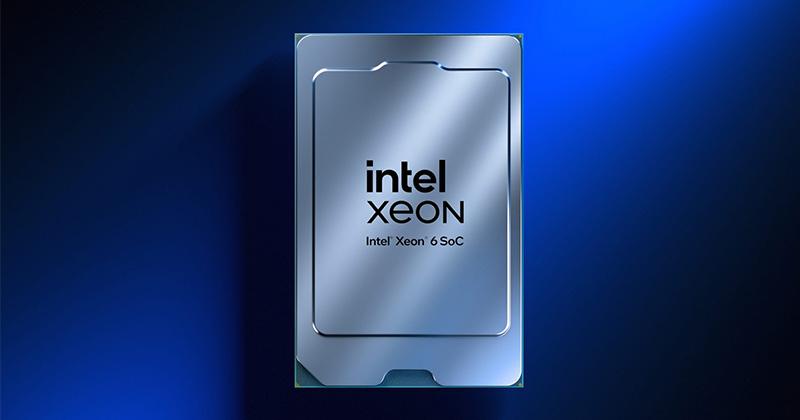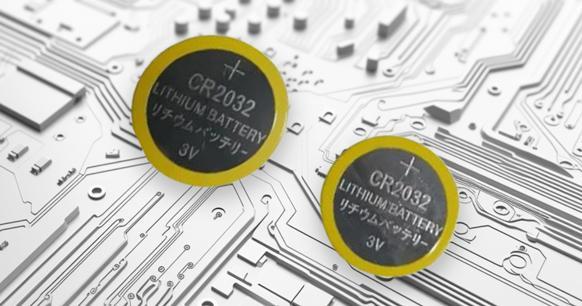
Comprehensive Analysis of LR44 Battery: Specifications, Applications, and Replacement Models
LR44 battery is a compact and high-performance alkaline button cell battery, highly favored for its widespread use in small electronic devices. From watches and calculators to laser pointers, the LR44 battery, with its excellent performance and reliability, has become the preferred power source for these devices. In this article, we will delve into the importance of the LR44 battery, detailed technical specifications, various application scenarios, and alternative models to help you make informed decisions when choosing and using batteries. Through this comprehensive guide, you will learn how to fully utilize the advantages of the LR44 battery to ensure your devices are always in optimal working condition.
1. Overview of LR44 Battery
The LR44 battery is a small yet powerful alkaline button cell, perfect for a wide range of tiny electronic devices. Measuring 11.6 mm in diameter and 5.4 mm in thickness, it packs a nominal voltage of 1.50 volts and a capacity of 120 mAh. Despite its size, it can function effectively in temperatures ranging from -10 to +60 degrees Celsius. Weighing just about 2.0 grams, this battery is designed to be environmentally friendly, as it is mercury-free. Whether for watches, calculators, or laser pointers, the LR44 battery offers reliability and performance, making it an eco-conscious choice for powering your gadgets.

Beyond its basic specifications, the LR44 battery is known for its versatility and long shelf life, which can extend up to five years under proper storage conditions. This makes it an ideal choice for emergency kits and backup power sources. Additionally, the battery's alkaline chemistry ensures a stable output voltage, providing consistent performance throughout its lifespan. It's also widely available and affordable, making it accessible for both personal and professional use.

Furthermore, the LR44 battery's compact size allows it to fit into a variety of small devices without adding significant weight or bulk. Its robust construction ensures resistance to leakage and corrosion, enhancing its reliability. As an eco-friendly product, it aligns with global efforts to reduce environmental impact, offering a safer alternative to older battery technologies that contain harmful substances. In summary, the LR44 battery combines compact design, reliable performance, and environmental consciousness, making it a superior choice for powering a multitude of small electronic devices.
2. Detailed Technical Specifications

| Voltage and Capacity | Nominal voltage 1.50 volts, nominal capacity 120 mAh, cut-off voltage 0.9 volts |
| Weight | Standard weight 2.0 grams |
| Temperature Range | Operating temperature range -10 to +60℃ |
| Environmental Features | Mercury-free (eco-friendly feature) |
| Dimensions | 11.6 mm diameter, 5.4 mm thickness |
3. Performance Characteristics
The LR44 battery is widely favored for its high energy density and long lifespan. Compared to other types of button cells, the LR44 battery maintains a stable voltage output while operating normally within a wide temperature range of -10 to 60 degrees Celsius. Additionally, the LR44 battery is mercury-free, making it more environmentally friendly.

·Discharge Characteristics
The LR44 battery can maintain a stable voltage output during discharge, ensuring continuous operation of the device. The discharge time varies under different loads, but it generally exhibits good power supply capability.
·Temperature Impact on Discharge
The battery's performance may vary under extreme temperatures. The LR44 battery can operate normally within a temperature range of -10 to +60 degrees Celsius, although its discharge efficiency slightly decreases in low-temperature environments, but overall performance remains reliable.
·Pulse Discharge Characteristics
Under pulse load conditions, the battery can quickly recover voltage and provide instantaneous high current output. This feature makes the LR44 battery particularly suitable for devices requiring intermittent high current, such as laser pointers and camera flashes.
4. Application Scenarios and Equivalent Models
The LR44 battery is highly versatile and commonly used in various small electronic devices due to its reliable performance and high energy density. Here are some typical application scenarios:

- Watches: Many watch brands such as Casio, Tissot, and Citizen widely use LR44 batteries to ensure accurate timekeeping and long-lasting performance.
- Calculators: Both scientific and regular calculators, including those from Casio and Texas Instruments (TI), rely on LR44 batteries for consistent power.
- Laser Pointers: Laser pointers used in presentations and teaching require high energy density batteries, and LR44 batteries meet their high energy demands with ease.
- Toys and Electronic Pets: Popular smart toys and electronic pets like Furby and Tamagotchi use LR44 batteries to power their interactive features.
- Medical Devices: Critical medical devices such as digital thermometers, hearing aids, and blood glucose monitors depend on the stable and reliable power provided by LR44 batteries.
- Electronic Scales and Weighing Sensors: Small household and kitchen electronic scales often use LR44 batteries to ensure accurate measurements.
In addition to its wide range of applications, the LR44 battery has several equivalent models that can be used interchangeably due to their similar size and voltage characteristics:
- AG13: The most common equivalent model, widely used in various small electronic devices.
- 357: Commonly used in high-performance devices, especially those requiring stable voltage output.
- A76: Has the same size and voltage as AG13 and 357, and can be directly replaced.
- LR1154: Standard button battery model, compatible with LR44.
- L1154: A commonly available replacement model, suitable for the same application scenarios.
By understanding both the application scenarios and equivalent models of the LR44 battery, you can make informed decisions when choosing and using batteries, ensuring your devices are always powered optimally.
Recommended Usage Scenarios and Selection Advice
- Alkaline Batteries (e.g., AG13, LR44):
- Recommended Usage Scenarios: Watches, calculators, laser pointers, toys, etc.
- Selection Advice: Suitable for devices that are used frequently and do not require high voltage stability.
- Silver Oxide Batteries (e.g., SR44, 357):
- Recommended Usage Scenarios: High-end watches, medical devices, etc.
- Selection Advice: Suitable for devices requiring high voltage stability and long battery life.
5. Usage and Maintenance Advice

1.Proper Usage Methods
Proper installation and usage of the LR44 battery are crucial. When installing the battery, ensure that the positive and negative terminals of the battery correctly contact the battery compartment of the device. Regularly check the battery power to avoid over-discharge.
2.Storage and Maintenance
Store the battery in a dry, cool place, avoiding direct sunlight and high-temperature environments. It's best to keep the battery in its original packaging to prevent contact with other metal objects, which could cause a short circuit.
3.Safety Precautions
Avoid exposing the battery to moisture or heat to prevent short circuits or explosions. Do not attempt to disassemble or incinerate the battery. If the battery leaks or swells, stop using it immediately and dispose of it properly.
6. Environmental Protection and Recycling
1.Environmental Features
The LR44 battery is mercury-free, reducing its environmental impact and meeting modern environmental standards.
2.Recycling Advice
Used LR44 batteries should be properly recycled. It is recommended to take used batteries to designated recycling points or organizations for professional disposal.
By gaining a comprehensive understanding of the LR44 battery, its equivalent models, and replacement options, you can make well-informed choices that ensure your devices perform optimally and last longer. Knowing the proper usage and maintenance techniques will help you maximize the battery's lifespan, while also minimizing environmental impact. Additionally, following environmental recycling advice can contribute to a greener planet. Choosing LR44 batteries means opting for a reliable and efficient power source that keeps your gadgets running smoothly and sustainably. With this knowledge, you can confidently select the best battery type for your needs, ensuring both performance and eco-friendliness.



